Fried Silken Tofu with Honey Garlic Sauce
An easy, delicious, pantry-staple dish with fried silken tofu and a quick honey garlic sauce. A great meatless dinner option when we haven’t had time to shop.
Ok so this post is going to be a slightly longer one than usual. But please take the time to read through if you have a few minutes, as you might find some of the information interesting. I’m not going to say much about the ingredients like I usually do, mainly because I want to focus on the honey. I originally thought I would share some info on tofu too, but that would have made this article waaay too long. So I will do a separate post on that soon and in the meantime you can find loads of stuff online about it if necessary. I will mention one important thing though; I have used silken tofu here, not firm tofu which is what most people use for frying. The result is a nice crust on the outside and a creamy inside. The silken type does need some careful handling because it’s delicate, so if you prefer you can use the firm tofu which would be just as tasty but chewier. If you are wondering why I am using tofu in the first place, well, because it’s a fab, nutritious and filling alternative to meat. So consider trying it when you’re planning a meat-free day or meal!
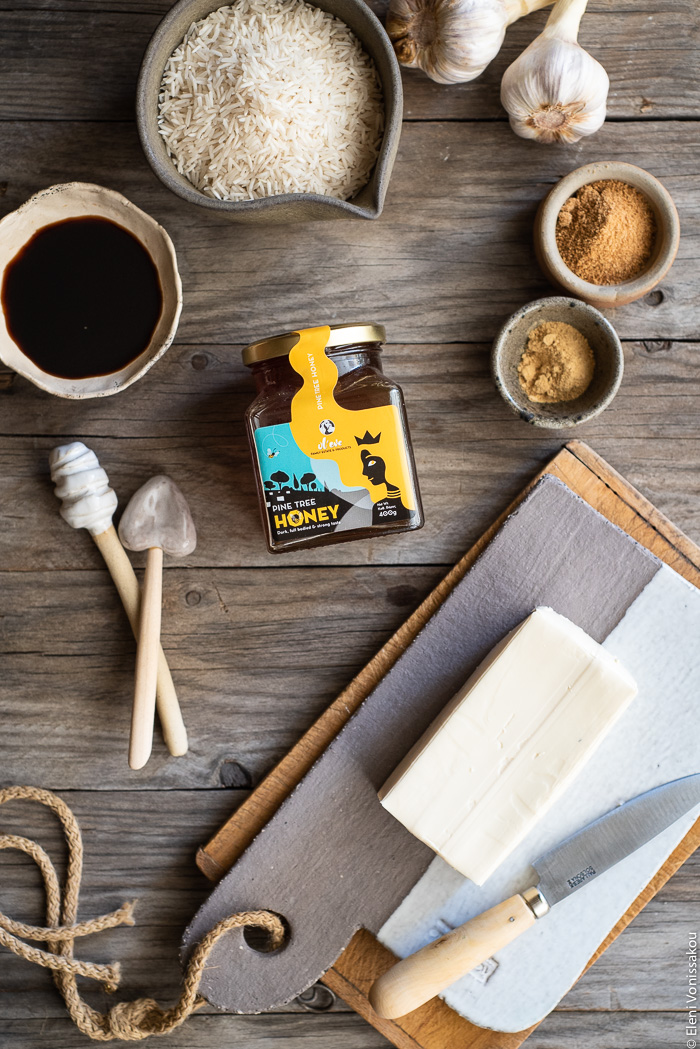
Now, let’s get to the honey. Wow, there’s some dodgy stuff going on in this industry. According to some figures, up to a third of honey being traded worldwide is adulterated or downright fake! A third! It’s one of the most adulterated foods out there. Tests where carried out in 2020 on low cost honeys from all major supermarkets in England and NONE of them where pure! That’s mind-boggling.
The methods used nowadays to adulterate or create imitations of honey are so sophisticated they can fool beekeepers and even laboratory tests. Why is it happening? Ka-ching! Money. And here’s the paradox. Demand for honey is going up, as many people nowadays prefer it to sugar. Thus, the laws of supply and demand (and common sense) would suggest that the price of honey would also be going up. Nope. The price of honey is going down. So far down that it can’t be justified considering the costs of pure honey production. Something’s obviously not quite right.
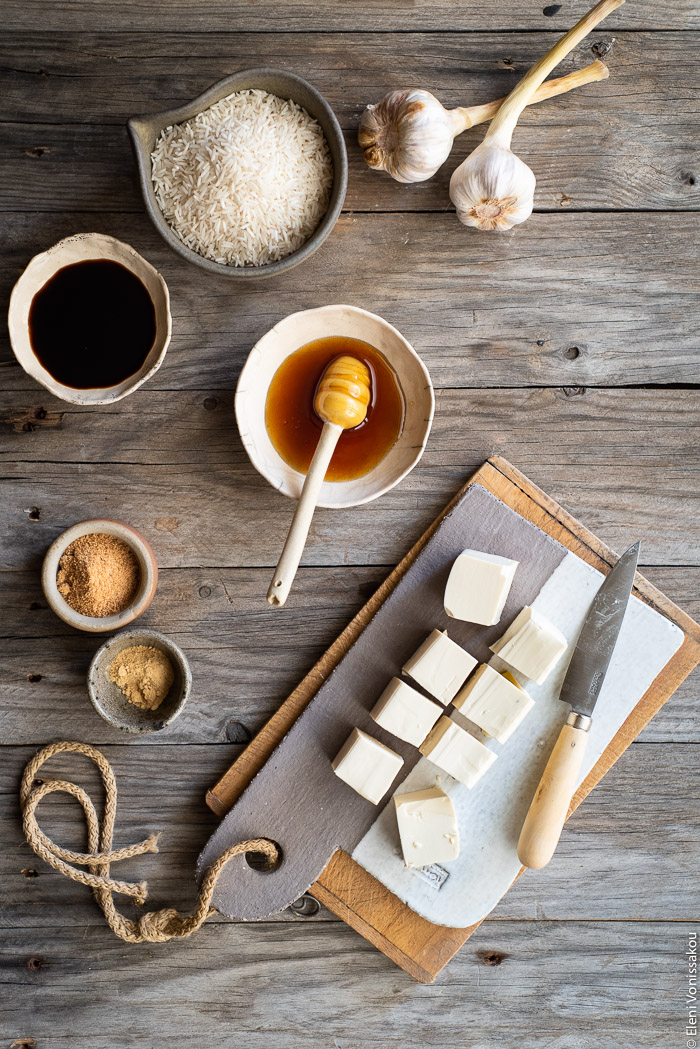
Let’s see how honey can be faked or messed with:
– Old school adulteration: mixing honey with glucose syrup or even replacing it completely.
– Adding pollen to lower quality honey or syrup so as to change its chemical make-up and/or disguise its origin.
– Transporting lower quality honey through many different countries to hide its true origin.
– Chemically altering the composition of syrup so that it looks like honey and fools lab testing.
– Heating honey for easy manipulation and/or avoidance of crystallisation, then selling it as “raw”.
In Greece people tend to prefer local honey (which is very high quality by the way), so here fraud is mostly centred around “greekifying” foreign honey. This can be done by adding caramel colouring which makes lighter varieties look like the darker Greek ones. Sometimes syrup is also added to bulk it up and bring its price down even further.
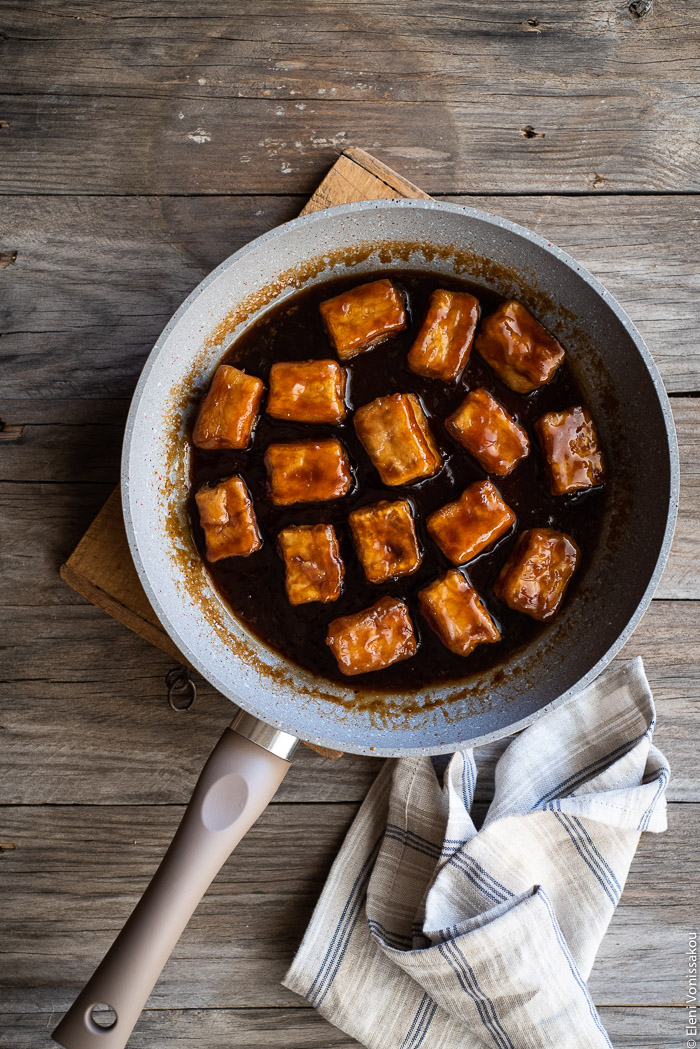
The problems that are caused by honey adulteration are multifaceted. Of course there is the issue of consumer health since syrup has a different nutrition profile to pure honey. But the bigger issue is how it affects sustainability of beekeeping and honey production. Faking and adulterating honey enables extremely low selling prices. Prices that beekeepers cannot compete with, even more so if they want to use sustainable methods. So many are being pushed out of the market and losing their income, and others are turning to migratory beekeeping as a way to make a living. Migratory beekeeping is when bees are transported to other areas in order to pollinate crops. In the US, for example, hives are shipped thousands of miles across states to pollinate apple, blueberry, almond, watermelon and all sorts of other crops. This, however, exposes the bees to disease, other colonies, exhaustion, malnutrition etc. Combined with the threat of pesticides, bees are truly in danger. And without bees we will lose ecological balance, biodiversity and – basically – a large part of our food, since bees facilitate the production of one third of what we eat!
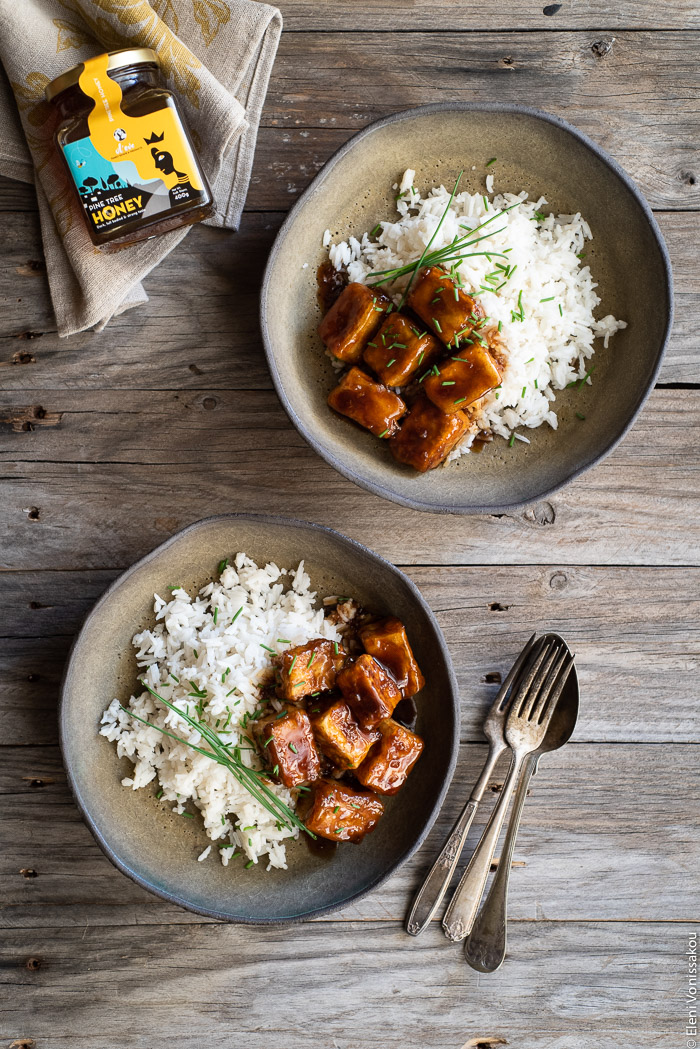
So where does that leave us? In the same spot that most of these conversations leave us. We need to be mindful of where our food comes from, and how it got to our plates. We need to educate ourselves. We need to be suspicious of very low prices. And we need to make the right choices so we can be part of the solution rather than part of the problem. To the extent that each of us can do so of course.
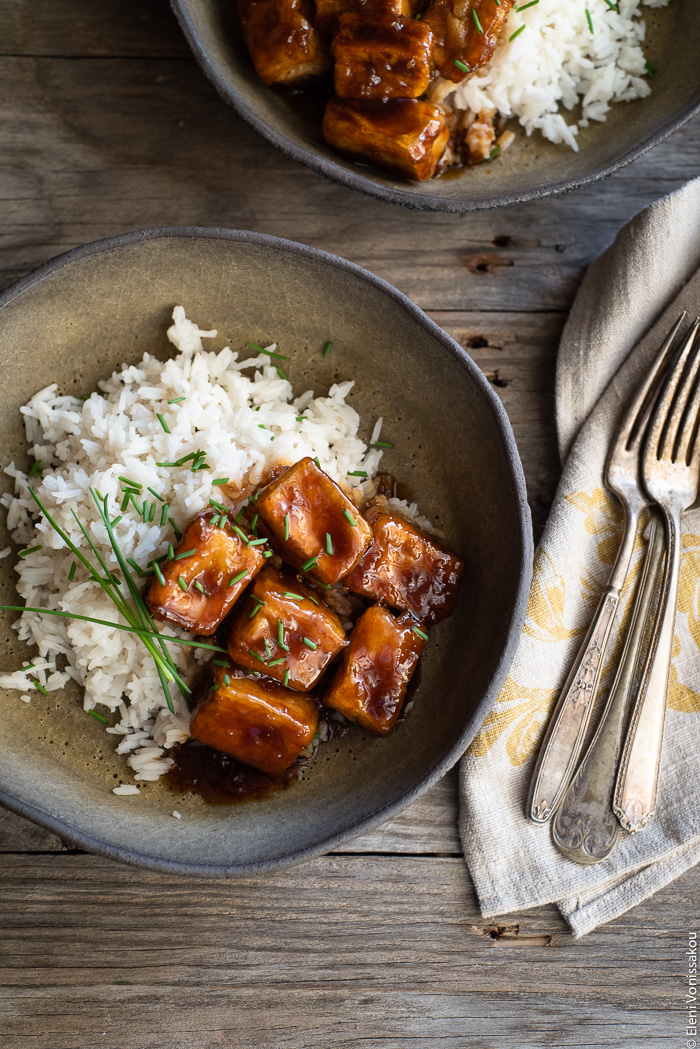
Having all this in mind, I was very happy to see that Ol-eve, the brand I am working with, is very conscious of these issues. As producers and international traders of honey they have a deep understanding of the industry and they use it to support sustainable practices and educate beekeepers via seminars and workshops. The company is also involved in the “Save Bees and Farmers” initiative. Ol-eve honeys are rigorously tested by internationally accredited laboratories not only for adulteration but also for the presence of antibiotics, pesticides, genetically modified organisms (GMOs), heavy metals etc.
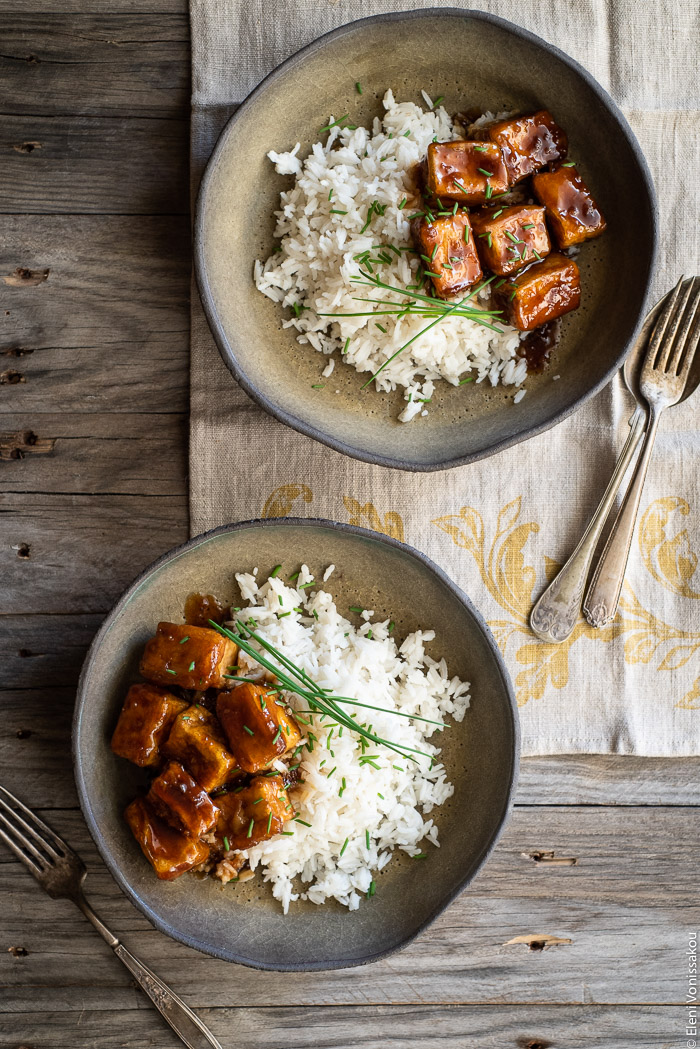
I wasn’t surprised then, when I tried some of these wonderful honeys and found them to be absolutely delicious. I am really looking forward to sampling more! In this recipe I used pine honey; dark, intense and not overly sweet. The best way of course to enjoy this is to just slather it on a piece of good bread, but I can’t very well say here’s your recipe, bread and honey, can I?! So let’s use it in a gorgeous sauce with garlic, soy and a touch of ginger. Add some fried tofu to it and pair it with some aromatic basmati, and we have ourselves a wonderful meal.
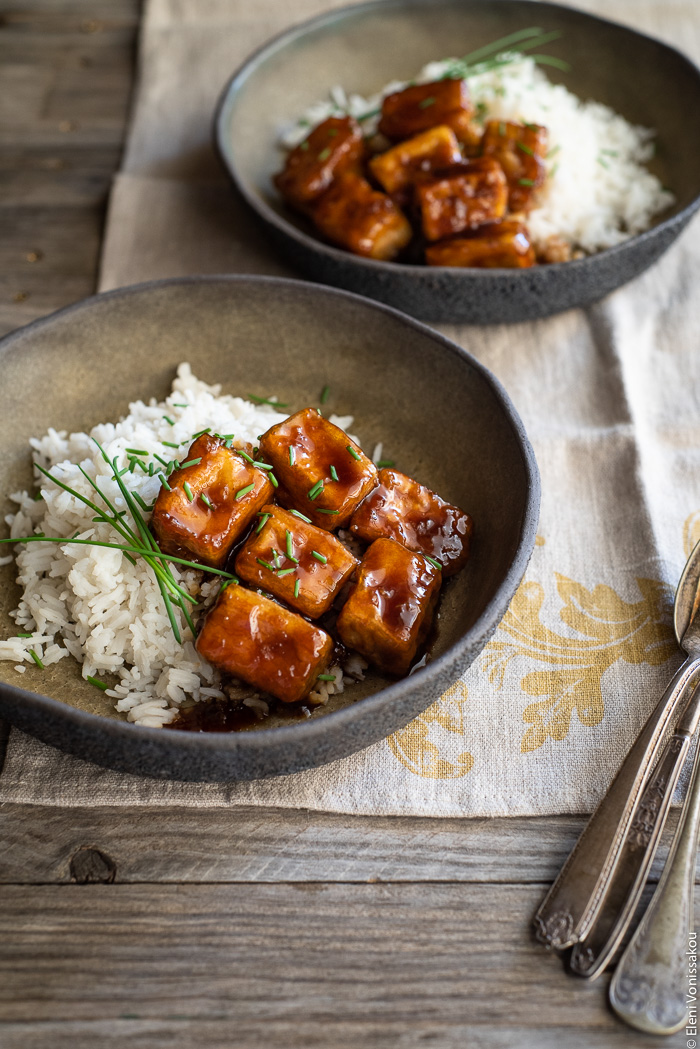
Well, that was quite a long blog post. I’m sorry if I went on a bit, but these are topics I think are important and I tried to share the info in a compact and easily digestible way! As I’ve mentioned in a previous post I do want to start more conversations on these issues. What’s your opinion on all this? Are you at all concerned about the origin of our food? I’d love to hear your thoughts, either here or over on Instagram!
For now, I’ll leave you with the recipe for this easy and tasty honey garlic tofu!
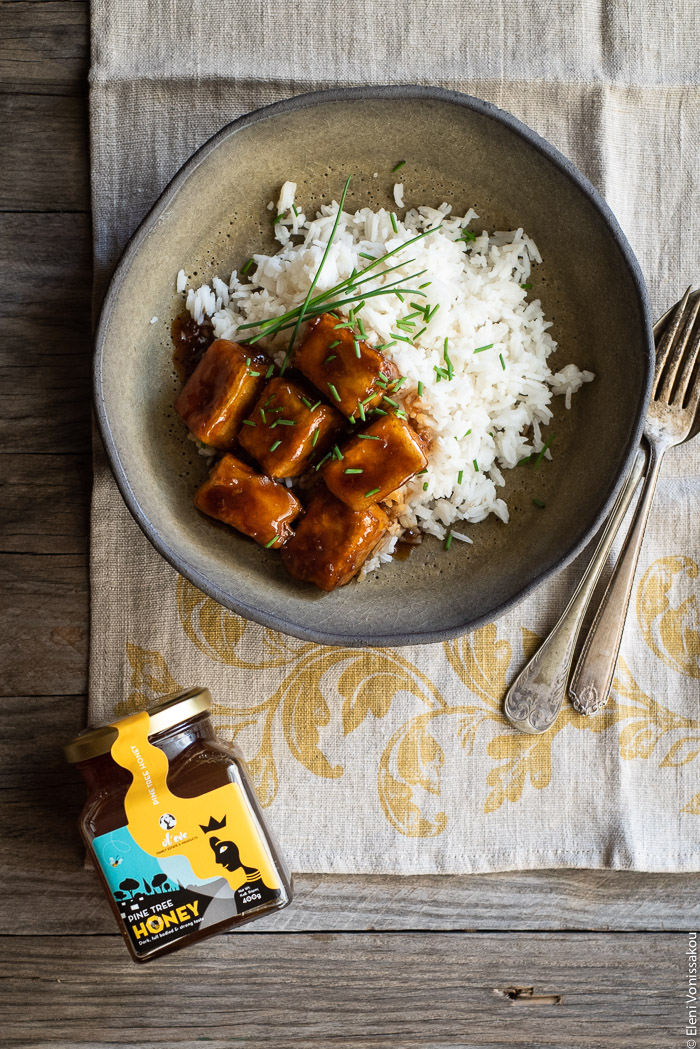

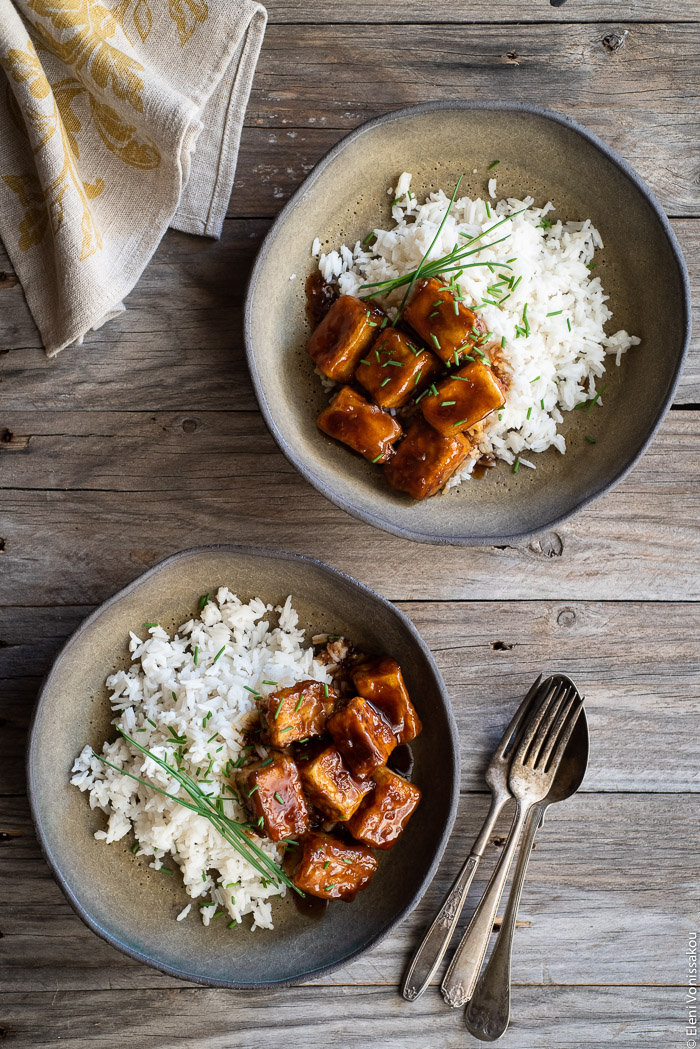








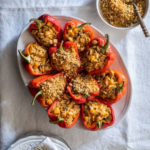





 Hi! My name is Eleni. I’m slightly obsessed with recipes, cooking and food in general. So what else was I to do? I started a food blog.
Hi! My name is Eleni. I’m slightly obsessed with recipes, cooking and food in general. So what else was I to do? I started a food blog.
No comments yet